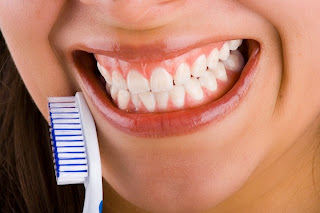It’s been estimated that half of all Americans do not visit
the dentist regularly. It’s
important to make sure you’re visiting the dentist every 6 months for a routine
cleaning and checkup. If you’re part of that statistic, here are some reasons
why regular dental
visits are so important.
1. Catch Problems Ahead of Time
Dental problems can get severe
quickly if they aren’t treated right away. Cavities, damaged fillings, and
other dental problems may require intensive procedures such as a root canal
down the line if they aren’t treated and prevented with regular dental
checkups. By visiting the dentist regularly, you can prevent costly and
invasive procedures later.
2. Prevent Oral Cancer and other health problems
Here at West Bloomington’s Krengel Dental, we screen regularly for oral cancer during standard dental cleanings. The Oral Cancer Foundation reports that one American dies from oral cancer every hour but the disease is highly treatable if diagnosed early. Dental exams can also detect other health problems you have, such as gum disease or oral health problems that can affect your overall health, such as heart disease.
3. Keep Your Smile Healthy and White
Regular dental cleanings are
essential to keeping your smile white and healthy! A dental cleaning removes
plaque, debris, and stains that even brushing your teeth regularly can’t do.
You still need to keep brushing in between visits!
4. Visit the friendly staff at Krengel Dental!
Our top priority is to keep our clients relaxed and pain free and we make sure you’re comfortable before every procedure, even just a routine cleaning. We have computers and satellite radio in our rooms so you can choose to listen to music or watch movies on headphones or aloud. We want your trip to the dentist to be something you look forward to!









